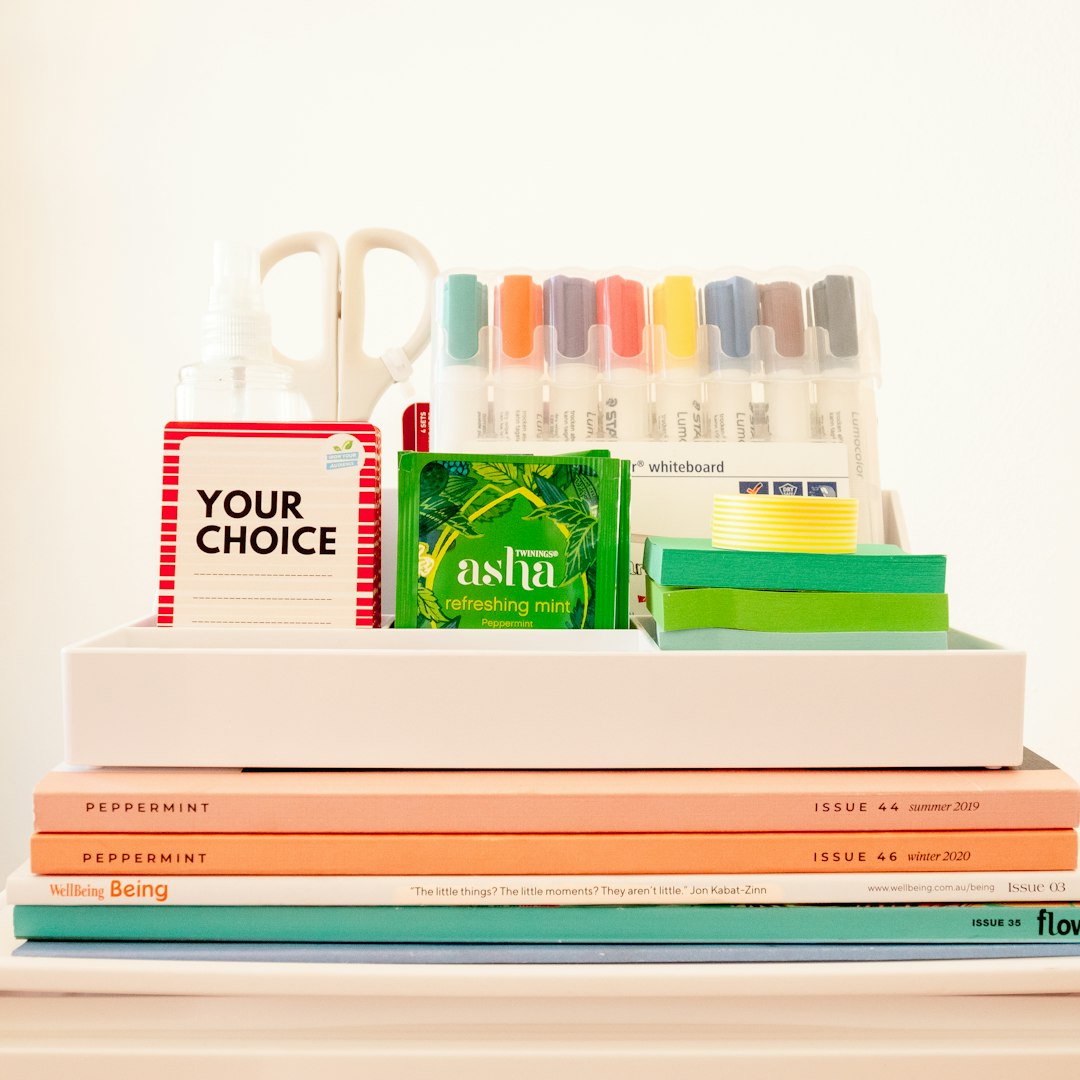TL;DR:
Achieving a clutter-free home starts with an honest assessment of each item's purpose, value, and place. Categorizing belongings into keep, donate, recycle, and trash reveals consumer habits and informs decisions about what to let go of. This process fosters organized living, reduces stress, and promotes calmness. Key areas like kitchen counters, living room floors, and bedrooms are common clutter hotspots that require initial sorting, discarding unnecessary items, and tailored storage solutions. Effective clutter management involves categorizing items into essential (kept) and non-essential (discarded using a "one-in, one-out" rule) to maintain functionality and enhance comfort and well-being.
Streamlining your home to create a clutter-free zone is not just about aesthetics; it’s about reclaiming space, simplifying life, and fostering a sense of calm. This comprehensive guide delves into effective strategies for managing home organization and decluttering. We’ll help you assess your current situation by identifying clutter sources and categorizing items as essential or non-essential. Discover strategic storage solutions to maximize every corner of your home, from utilizing accessories to implementing zone-based organization techniques. Learn how to adopt a minimalist lifestyle, develop regular decluttering habits, and involve your family in creating and maintaining a clutter-free environment.
- Assessing Your Clutter
- – Identifying the sources of clutter in your home
- – Categorizing items: Essential vs. Non-essential
Assessing Your Clutter
Assessing your home’s clutter is the first step towards achieving a clutter-free zone. It involves taking an honest look at every item in your space and determining its purpose, value, and place. In terms of home organization and decluttering, this process helps you identify items that bring joy or serve a purpose and those that are just taking up space. Start by sorting your belongings into categories: keep, donate, recycle, and trash. This simple act will give you a clearer picture of the areas in your home that need the most attention.
By assessing your clutter, you gain valuable insights into your consumer habits and can make informed decisions about what to let go of. It’s a critical step in creating a more organized living environment that promotes a sense of calm and reduces stress. Remember, a clutter-free home is not about minimalism but rather about keeping only what enriches your life and reflects your personality.
– Identifying the sources of clutter in your home
Clutter is often a result of disorganization, so the first step in creating a clutter-free home is to identify its sources. Start by evaluating each room and considering how items are stored or left out. Kitchen counters filled with mail, living room floors covered in magazines, and bedrooms overflowing with clothes are common areas where clutter accumulates over time.
It’s important to note that understanding these hotspots is key to effective home organization and decluttering. Once identified, prioritize these spaces for initial sorting and storage solutions. This may involve sorting through items, discarding what’s unnecessary, and implementing practical storage methods tailored to each room’s unique needs.
– Categorizing items: Essential vs. Non-essential
When tackling home clutter, one of the most effective strategies is categorizing items as essential or non-essential. Essential items are those that you use regularly and contribute to your daily life, comfort, or well-being—think kitchen utensils, bedding, and basic tools. Keeping these essentials within easy reach helps maintain a functional and orderly space. On the other hand, non-essential items are those that add little value to your life but tend to accumulate over time, like old magazines, unused gadgets, or clothes you haven’t worn in years.
Home organization and decluttering begin with letting go of these non-essentials. Consider adopting a “one-in, one-out” rule where, for every new item you bring in, you discard an old one. This mindful approach ensures your living space remains clutter-free and promotes a sense of calm and order throughout your home.
By assessing and categorizing the items in your home, you can create a clutter-free zone that promotes peace of mind and enhances your living space. Through identifying sources of clutter and distinguishing essential from non-essential items, you take significant steps towards effective home organization and decluttering. Embrace this journey to a simpler, more organized lifestyle, where every item has its place.
